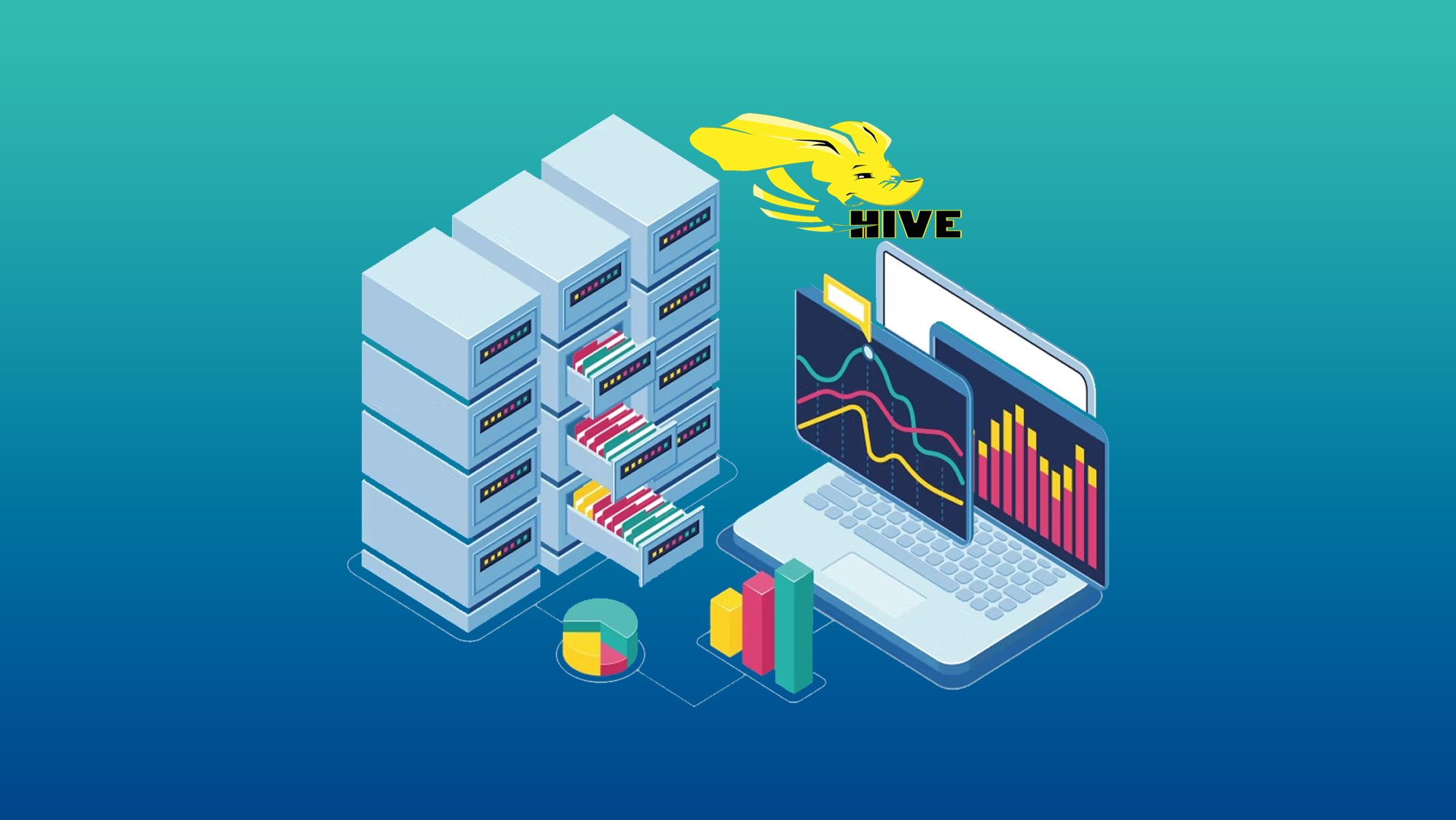Why is Hive Training Important?
- Understanding the Hive Ecosystem: Hive is a critical component of the Hadoop ecosystem, and training provides a comprehensive understanding of its architecture, functionalities, and integration with other tools. This knowledge enables professionals to work effectively within the Hadoop ecosystem and leverage the full potential of Hive.
- Efficient Data Processing: Hive training equips individuals with the skills to write optimized HiveQL queries, design efficient data models, and leverage indexing and partitioning techniques. This leads to faster and more efficient data processing, enabling organizations to derive insights from large datasets in a timely manner.
- Data Warehousing and Analytics: Hive is widely used for data warehousing and analytics, and training in Hive equips individuals with the ability to perform complex data analysis tasks using SQL-like queries. This includes tasks such as data transformation, aggregation, filtering, and joining, enabling users to extract valuable insights from structured and semi-structured data.
- Integration with Existing Infrastructure: Hive training provides knowledge on how to integrate Hive with existing data infrastructure, such as Hadoop Distributed File System (HDFS) and Apache Spark. This allows organizations to leverage their existing investments in infrastructure and tools while utilizing Hive's capabilities for data processing and analytics.
- Career Advancement: With the increasing demand for professionals skilled in big data technologies, Hive training enhances career prospects. The ability to work with Hive and analyze big data sets opens up opportunities in data engineering, data analysis, data warehousing, and related fields. Hive training helps individuals stay competitive in the job market and opens doors to exciting career opportunities.
Who can do Hive Courses?
Hive courses are beneficial for a wide range of individuals interested in working with big data and data analytics. Professionals in data engineering, data analysis, business intelligence, and data warehousing can greatly benefit from Hive courses as it equips them with the skills to process and analyze large-scale datasets using HiveQL. Software engineers, data scientists, and database administrators seeking to expand their knowledge of big data technologies can also take advantage of Hive courses to enhance their skill set and stay relevant in the rapidly evolving field of data management and analytics.
What are Key Components of Hive Training?
- Hive Architecture: Understanding the overall architecture of Hive, including its components such as Hive Metastore, Hive Server, and Hive Execution Engine. This includes learning about the interaction between different components and their roles in query execution.
- HiveQL: Learning the Hive Query Language (HiveQL), which is a SQL-like language used for querying and analyzing data in Hive. Training covers syntax, data manipulation operations, joins, aggregations, and advanced features of HiveQL.
- Data Modeling in Hive: Understanding how to design effective data models in Hive, including defining tables, partitioning, bucketing, and working with different file formats such as CSV, Parquet, and ORC. This involves learning best practices for schema design and optimizing performance.
- Data Ingestion: Exploring techniques for efficiently ingesting data into Hive, including loading data from local files, Hadoop Distributed File System (HDFS), and external sources. Training covers various data ingestion methods such as bulk loading, INSERT statements, and using Hive data import tools.
- Query Optimization: Learning strategies for optimizing Hive queries to improve performance and reduce query execution time. This includes understanding query plans, using indexes, leveraging partitioning and bucketing, and optimizing join operations.
- Integration with Ecosystem Tools: Exploring the integration of Hive with other tools and frameworks in the Hadoop ecosystem, such as HDFS, Apache Spark, and Apache Kafka. This includes understanding how to leverage the strengths of these tools in conjunction with Hive for data processing and analytics.
- Performance Tuning and Troubleshooting: Learning techniques for performance tuning in Hive, including optimizing memory usage, configuring resource allocation, and managing query execution. Training also covers common troubleshooting scenarios and techniques for debugging and resolving issues in Hive.
- Security and Data Governance: Understanding security measures and data governance practices in Hive, including authentication, authorization, encryption, and auditing. Training covers best practices for securing data in Hive and ensuring compliance with data privacy regulations.
- Real-world Use Cases: Exploring real-world use cases and practical examples to demonstrate how Hive can be applied to solve common data processing and analytics challenges. This helps participants understand the practical application of Hive in different industries and scenarios.
- Hands-on Exercises and Projects: Providing hands-on exercises and projects to reinforce the concepts learned during the training. Participants get the opportunity to work on real datasets, apply Hive queries and techniques, and gain practical experience in using Hive for data processing and analytics.
Hive Career Opportunities
- Data Engineer: As a data engineer, you can leverage Hive to build and maintain data pipelines, perform ETL (Extract, Transform, Load) operations, and design data models for efficient data storage and retrieval. Hive skills are valuable for processing and analyzing large-scale datasets in data engineering roles.
- Data Analyst: Hive is widely used for data analysis and reporting tasks. With Hive skills, you can write SQL-like queries to extract insights from structured and semi-structured data stored in Hive tables. Data analysts use Hive to perform data transformations, aggregations, and join operations to derive meaningful business insights.
- Business Intelligence Developer: Hive is often integrated with business intelligence tools, allowing developers to create interactive dashboards and visualizations based on Hive data. As a business intelligence developer, you can utilize Hive to build data-driven solutions and provide decision-making support to stakeholders.
- Big Data Engineer: Hive is a crucial component in the Hadoop ecosystem. With Hive skills, you can work as a big data engineer, responsible for designing and maintaining large-scale data infrastructures, implementing data processing workflows, and optimizing Hive queries for performance.
- Data Scientist: Data scientists utilize Hive to process and analyze vast amounts of data to derive insights and build predictive models. With Hive skills, you can leverage its SQL-like interface to explore and preprocess data for machine learning and statistical analysis tasks.
- Data Architect: As a data architect, you can leverage Hive to design and optimize data storage structures and schemas, ensuring efficient data retrieval and storage. Hive skills are valuable for architecting big data solutions and integrating Hive with other components of the data architecture.
- Consultant or Trainer: With expertise in Hive, you can work as a consultant or trainer, assisting organizations in implementing Hive-based solutions, optimizing queries, and providing guidance on data analytics and processing strategies.
Conclusion:
Hive is a vital component in the world of big data analytics, offering a user-friendly SQL-like interface and scalable data processing capabilities. Its integration with the Hadoop ecosystem enables efficient data warehousing, analysis, and reporting. By mastering Hive, professionals can unlock the power of large-scale data processing, derive valuable insights and make data-driven decisions. With the growing demand for data analytics and big data expertise, Hive proficiency presents significant career opportunities in diverse industries. Embracing Hive can propel individuals towards success in the evolving field of big data analytics.






No Comments Yet
Let us know what you think